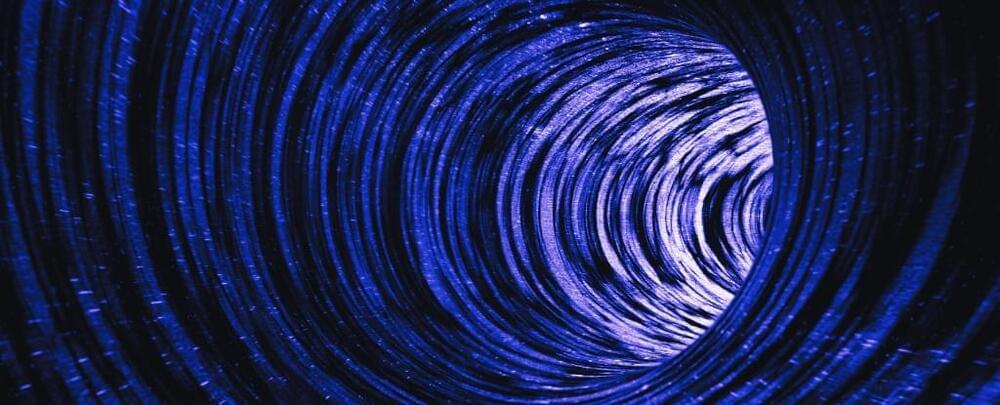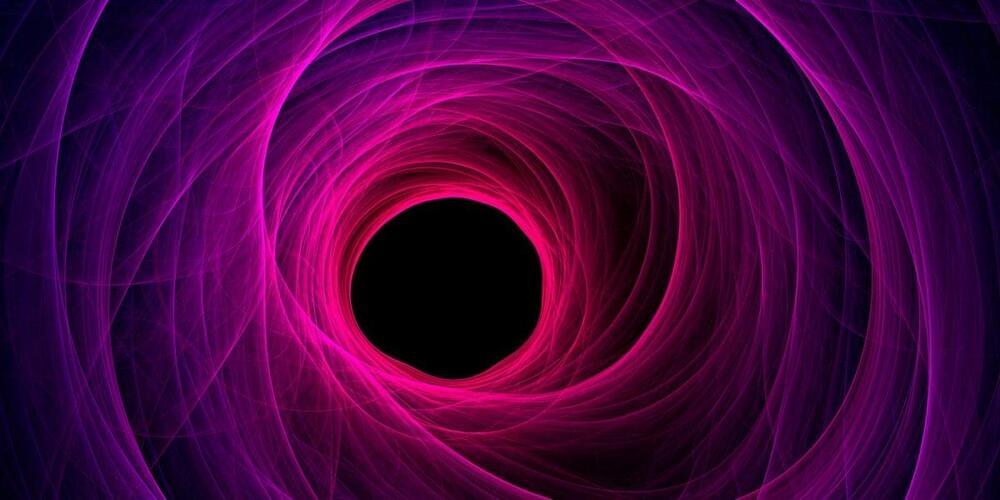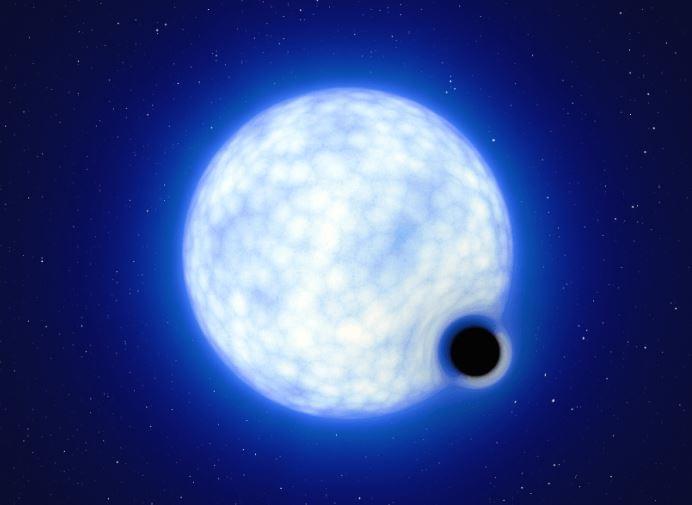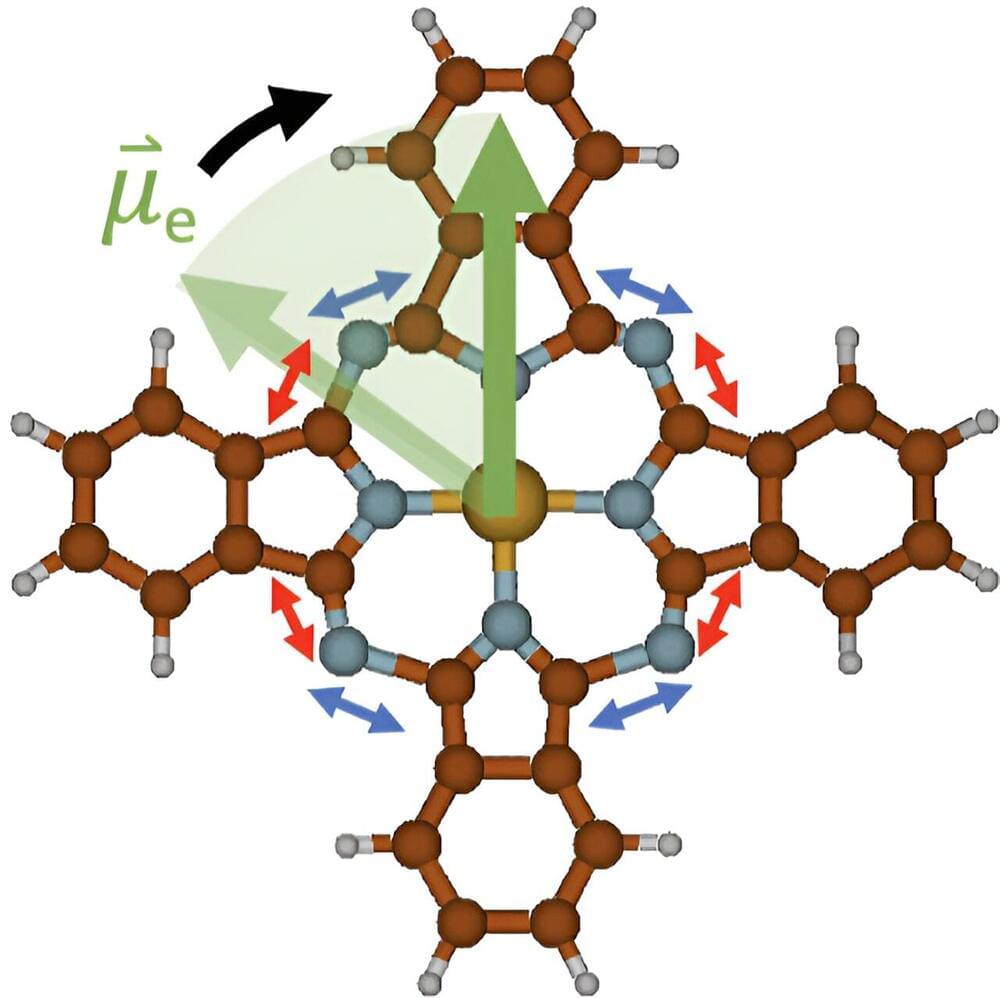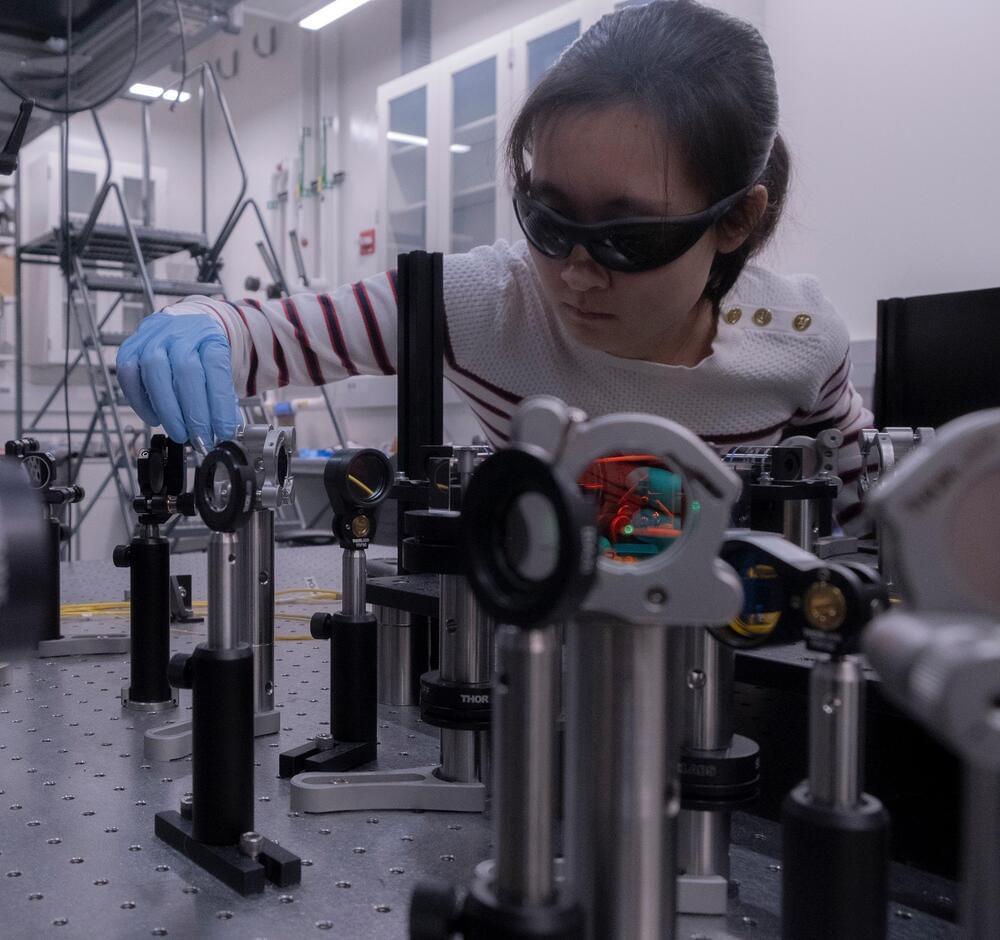What is gravity without mass? Both Newton’s revolutionary laws describing its universal effect and Einstein’s proposal of a dimpled spacetime, we’ve thought of gravity as exclusively within the domain of matter.
Now a wild new study suggesting that gravity can exist without mass, conveniently eliminating the need for one of the most elusive substances in our Universe: dark matter.
Dark matter is a hypothetical, invisible mass thought to make up 85 percent of the Universe’s total bulk. Originally devised to account for galaxies holding together under high speed rotation, it has yet to be directly observed, leading physicists to propose all sorts of out-there ideas to avoid invoking this elusive material as a way to plug the holes in current theories.
